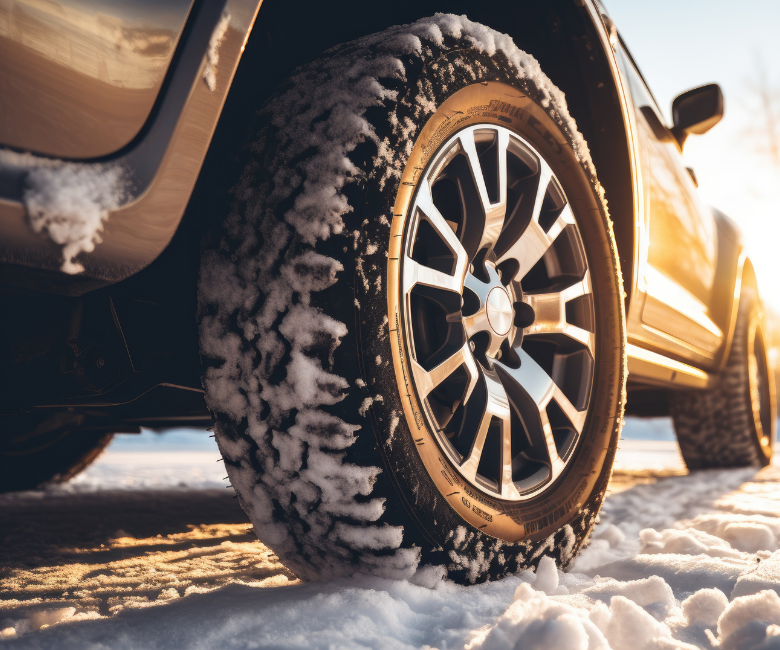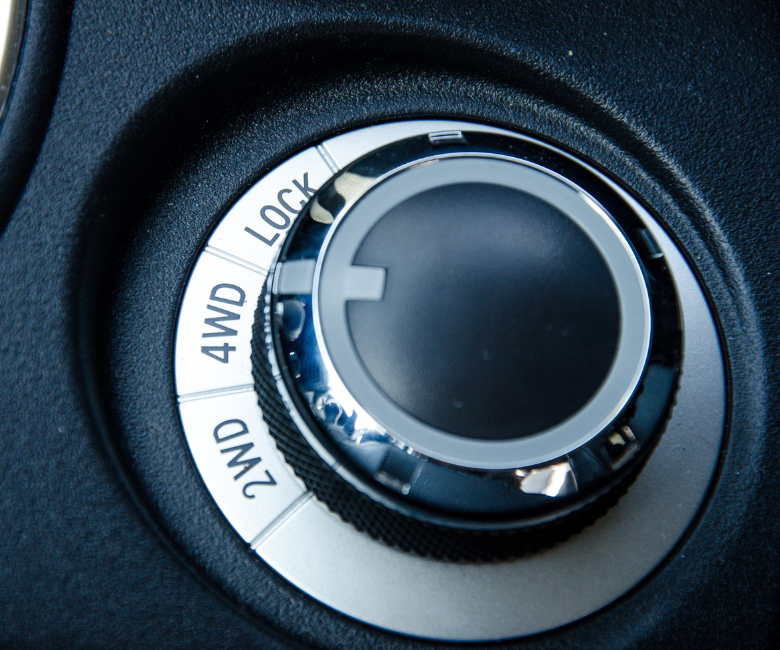
Should You Get a 4WD or All-Wheel Drive Car?
- Vehicle Maintenance
- PEAK
- March 7, 2024
When buying a car, you'll probably find yourself deciding between an all-wheel drive or a 4WD. Which should you get? We break down the differences for you here.
For most people, purchasing a new car is a big deal, occurring on average just once every eight years. Understandably, we tend to take the buying process very seriously, conducting online research, test-driving vehicles, and asking friends and family for recommendations and buying advice. Of all the factors that influence a car-buying decision, safety is right at the top of the list.
Car safety is a multifaceted category that encompasses every part of the vehicle, but it starts where the rubber meets the road.
To maximize vehicle safety, every new vehicle sold in the US, starting with the 2012 model, comes equipped with electronic stability control, which improves road-holding capacity. For drivers looking to further elevate safety and performance, four-wheel drive (4WD) and all-wheel drive (AWD) options are available.


What’s the difference between AWD and 4WD?
While 4WD and AWD sound synonymous, there are meaningful differences that drivers should consider when making a buying decision.
As the name suggests, AWD vehicles can power each corner of the car individually and collectively. Depending on the vehicle’s specific system design, AWD can dynamically provide precise power and control to each wheel or direct power to the front or back wheels as needed.
For example, many standard vehicles send most or all of the power to the front wheels. However, if those wheels start slipping (or are caught in mud or snow), AWD vehicles can divert some or all of the power to the rear wheels, allowing the driver to regain traction.
Frequently, these systems are faster and more precise than human drivers, delivering added traction when needed most. AWD systems come with varying levels of sophistication and capability (including full-time AWD and part-time AWD), but their general capabilities make them an intriguing feature for many buyers.
Meanwhile, 4WD systems are more static and often engaged as part-time systems. These vehicles are optimized for anticipated bad weather or off-roading, requiring manual engagement through a button, dial, or lever.
Kelley Blue Book warns drivers that “A true 4WD system should never be engaged on dry pavement.” In most cases, 4WD enables off-roading capability and more towing capacity than AWD vehicles and 4WD offerings. However, they are also less fuel-efficient and dynamic than their AWD counterparts.


Which Option Should You Choose?
Vehicle purchase decisions are highly personal and depend on several factors that collectively influence the final purchase. When choosing between AWD and 4WD vehicles, several factors are worth considering.
#1 Cost
AWD and 4WD are frequently sold as add-ons, introducing added cost to the buying process. Kelley Blue Book notes that AWD systems tend to be more expensive than 4WD capabilities, but the added safety and convenience can be worth the additional cost.
#2 Driving Conditions
4WD vehicles are designed for rugged terrain and routine rough weather. It’s the vehicle of choice for off-roaders, winter warriors, and people living off the beaten path.
AWD vehicles will perform perfectly fine for buyers in rainy or occasionally snowy environments. These vehicles can easily accommodate normal snow conditions or light-duty off-road excursions.
AWD vehicles are most helpful to people in often-standard environmental conditions that can be prone to rapidly changing conditions or commonly experience snow and ice during winter seasons.
#3 Safety Considerations
When it comes to safety and driving capabilities, the technical specs may not be as influential as many buyers think. Consumer Reports warns drivers that “Many drivers don’t realize the limitations of AWD and 4WD … Though having power delivered to all four wheels increases straight-line traction, it does nothing to improve braking, and most systems have little to no effect on cornering.”
Misunderstanding this critical safety differentiation can cause drivers to be fooled into driving less cautiously or intentionally than they otherwise would, discovering too late that they are traveling too fast to stop.
#4 Personal Preference
Car buying isn’t always a data-driven, facts-only experience. Preferences, desires, and biases drive it. Sometimes, people just want an AWD or a 4WD vehicle, which is, of course, an acceptable criterion if you’re comfortable shelling out the cash for it.
Additionally, tire selection can significantly impact performance. Buyers should consult a dealer or tire professional before taking their vehicle in heavy snow or off-roading, regardless of whether they choose a 4WD or AWD system.
Elevate Your Car Selection
While AWD offers dynamic power distribution and is suitable for a variety of environments, including light off-road and snowy conditions, 4WD is more suited for severe off-road situations and extreme weather, offering robust capabilities but with less fuel efficiency. This decision's key factors are cost, personal preference, and anticipated driving conditions.
Whether you drive off the lot with an AWD or 4WD vehicle, get the most out of your vehicle and maximize its lifespan with PEAK products. From best-in-class antifreeze + coolant to heat transfer fluid and windshield wash, we help optimize performance and longevity to ensure that you’re ready for any driving environment.

